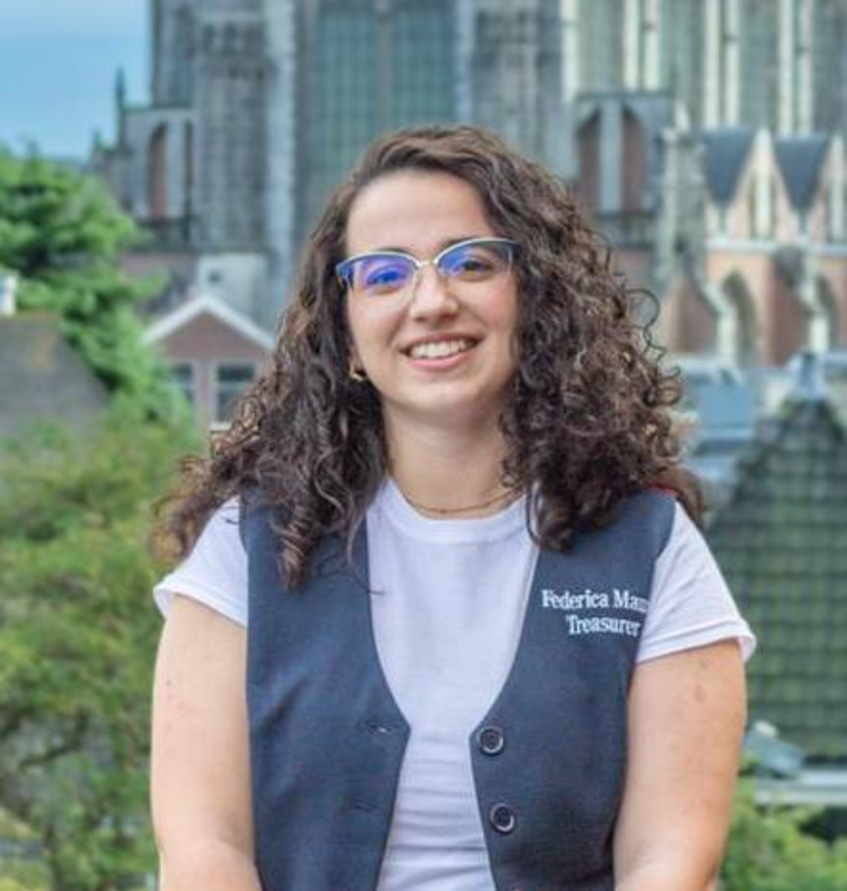Federica Mauro
PhD Student
Field of Interests

Field of Interests
My PhD research explores the co-evolution of the disk and bulge components in spiral galaxies since cosmic noon (z ≈ 1–2), focusing on how these structurally distinct but interconnected components have formed and evolved across cosmic time. Using spatially resolved spectroscopy from the MAGPI survey (Middle Ages Galaxy Properties with Integral field spectroscopy), I analyze a sample of massive, rotationally supported galaxies at z ~ 0.3, a pivotal epoch in galaxy evolution.
In the first stage of my project, I applied advanced stellar population synthesis tools, FADO and Starlight, to derive two-dimensional maps of key physical properties, such as stellar age, metallicity, and mass assembly history. By constructing radial profiles of these properties, I am investigating how galaxies build up their stellar mass and metals in different regions, with a particular focus on inner versus outer zones. This approach allows me to infer how structural differentiation, such as bulge and disk contrast, has emerged and evolved over time. One of the main challenges in high-redshift galaxy structure studies is the limitation of traditional bulge-disk decomposition methods when applied to integral-field spectroscopy (IFS) data. To address this, I adopted isophotal annuli and aperture ellipses surface brightness profiling to distinguish the different regions.
In the second phase of the project, I would generate synthetic photometric images and spectra of MAGPI galaxies at various redshifts (0 < z < 2) based on the spatially resolved star formation and enrichment histories derived in the first phase. These simulations aim to characterize and correct for the chromatic surface brightness modulation (CMOD) effect, a differential dimming of galaxy components due to varying spectral energy distributions, which can systematically bias observed structural parameters and stellar mass estimates at higher redshifts. This work aims to contribute to a more accurate calibration of galaxy scaling relations, such as the Tully-Fisher and mass-metallicity relations, by providing a correction framework for the CMOD effect.
Throughout this research, I closely collaborate with Prof. Polychronis Papaderos (IA-CAUP, Porto) and Dr. Iris Breda (University of Vienna), and I am actively involved in the MAGPI consortium. My work combines analysis of VLT/MUSE IFS data with theoretical modeling, simulation techniques, and a deep engagement with the observational consequences of galaxy evolution models. More broadly, my interests span extragalactic astronomy, stellar population synthesis, galaxy scaling relations, and the interplay between photometric appearance and physical structure in galaxies across cosmic time.
